
|
Winter brings with it plenty of downpours that nourishes the earth and waters the plants in our gardens, making it a perfect time for planting herbs and vegetables. Winter planting has two advantages: the rain saves us time and money for watering the new plants and our herbs and veggies will be ready for harvest by springtime. In this article, you’ll find everything you need to start your herb and vegetable garden this winter. |
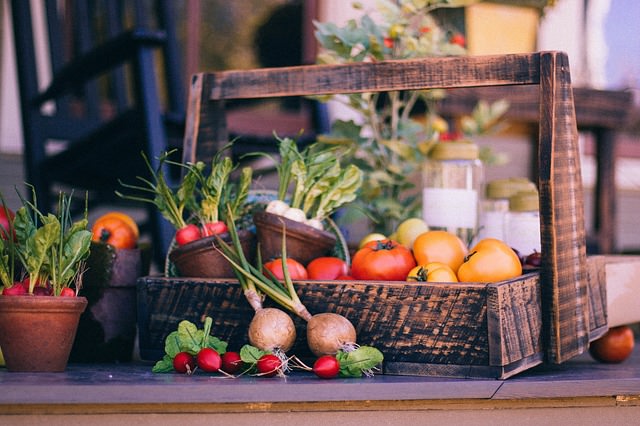 |
|
Herbs Nothing beats adding fresh herbs to your food. The dried and powdered alternatives are ok, but the rich flavors of fresh herbs cannot be surpassed. Garlic |
 |
|
The best time to plant Garlic is somewhere between the beginning and mid-winter. You can turn a single clove into a whole head of garlic, and enjoy the beautiful blossoming as well. Plant each clove 4 inches apart, in a depth of 2 inches. If there isn’t enough precipitation, you can water the garlic every few days and they’ll be ready to be harvested in the spring, shortly after they bloom. Once you extract the heads of garlic from the ground, rinse them thoroughly, they hang them to dry in a dark, dry space. |
|
Dill |
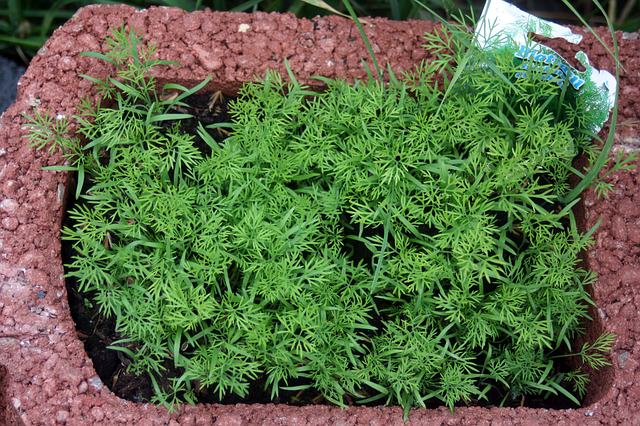 |
|
Dill is ideal for winter-planting. A single plant can grow up to 3-4 feet in height, with tiny yellowish-white flowers. Dill needs full light and is resilient to over-watering and very cold weather, but sensitive to high PH levels in the ground. Once the plant reaches its full height, start removing decaying stalks and flowering heads as those can short the plants' life span. |
|
Cilantro |
 |
| Source |
|
A favorite in Mexican cuisine, Cilantro (also known as Coriander) is a very healthy herb, which is rich in Vitamin A and has anti-inflammatory properties. If you want to plant seeds, make sure you give each seed about 16 inches of space. Alternatively, if you buy young plants, give each one about 12 inches of space. Cilantro blooms for 3-4 weeks during the late spring and early summer, making winter the perfect time to plant it. Other than the leaves, you can use the root for soups and other dishes. It will resemble a white carrot and will have a distinct flavor. |
|
Mint |
 |
|
Mint can grow all year round, but winter is one perfect for this water-loving plant. Plant the seeds about half an inch deep and 4 inches apart. Use fresh mint in tea, in summer fruit-shakes, in tomato-based sauces, etc. One very important thing I’ve learned about this great plant, is that it tends to spread out and take over a garden or a planter, so it’s wise to give it its own deep, wide pot. |
|
Vegetables We all hear about the benefits of organic vegetables, but the darn things cost so much! Luckily, growing them in your garden is pretty easy!
Beets |
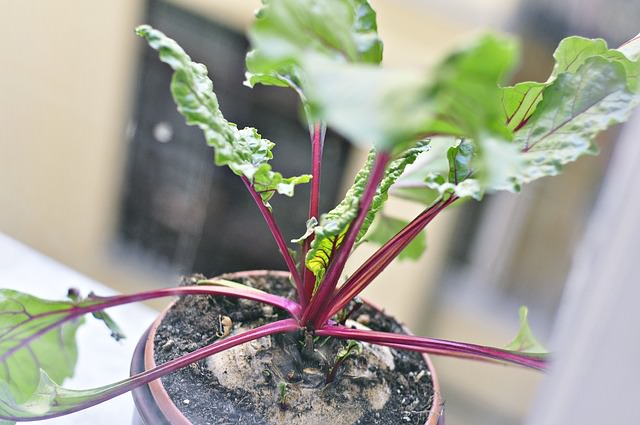 |
|
These purple, delicious vegetables are amazingly healthy and can make a delightful treat for those of us with a sweet tooth. Plant the seeds in a depth of 2 inches, with a spacing of about 8 inches apart, with sprouts appearing within about 6 days. Beets take about 3-6 months to mature and then they can be harvested. During the winter, a watering cycle should take between 4-7 days. |
|
Chard |
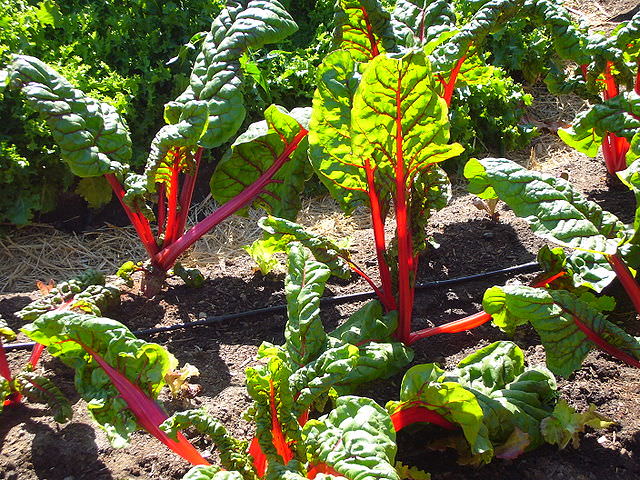 |
| Source |
|
Also known as Mangold, Chards are very common in Mediterranean cooking. These plants prefer a good 12 inches of spacing from each other and are usually ready for harvest within 50-60 days of planting. If planted too closely, chards will pollinate each other, losing the big, meaty leaves. |
|
Cauliflower |
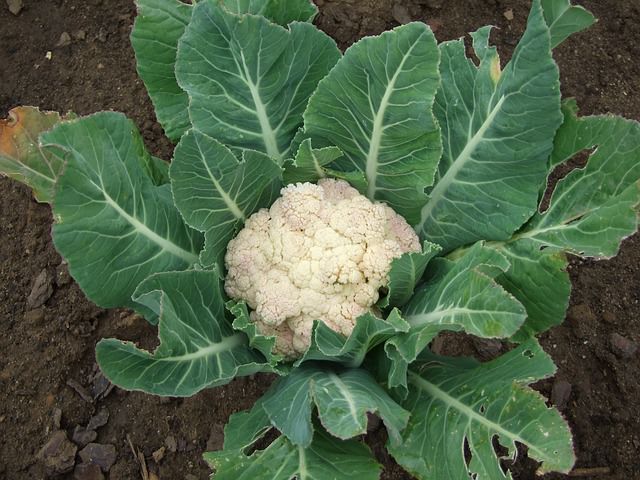 |
|
Cauliflowers don’t like changes in their habitat. It’s recommended to grow each plant for about 4-5 years before replacing it. Leave between 17 and 30 inches of space between each cauliflower plant. A single plant can be harvested multiple times throughout the year, by removing only the main flower. |
|
Sweet potato |
 |
|
Sweet potatoes are very resilient plants, which can withstand storms, hail and other natural blights. Sweet potatoes love water and require large quantities to grow (something to note if you choose to grow them in the summer). Watering cycles should be every 7-14 days, depending on the soil you’re using. The best time to harvest them is around February of the following year. Please make sure NOT to eat the leaves or flowers as they are part of the nightshade family and can be poisonous to humans and animals.
Related Articles: |